What Is the Ryzen 5 5600G Equivalent GPU – Check GPU Compatibility!
The Ryzen 5 5600G is one of AMD’s top-tier APUs (Accelerated Processing Units), designed to combine a powerful CPU and integrated graphics in a single package. This APU offers a blend of strong processing power and capable graphics, making it ideal for gamers and content creators who may not want or need a discrete GPU right away. But what is the equivalent of the Ryzen 5 5600G in terms of a dedicated GPU?
The Ryzen 5 5600G is a CPU with integrated graphics that perform similarly to a mid-range GPU. Its closest GPU equivalent is the NVIDIA GeForce GTX 1650 or AMD Radeon RX 6500 XT. Both offer comparable performance for gaming and general use.
In this article, we’ll explore the GPU performance of the Ryzen 5 5600G, its equivalent in the market, and how it compares to standalone graphics cards.
Understanding the Ryzen 5 5600G APU:

Before diving into GPU equivalents, let’s take a closer look at the Ryzen 5 5600G. This APU is based on AMD’s Zen 3 architecture and features 6 cores and 12 threads, making it a solid mid-range processor. But what sets it apart is its integrated graphics component—the Radeon Vega 7 graphics. This iGPU (integrated Graphics Processing Unit) is designed for users who either don’t want or don’t need a dedicated GPU, offering decent performance for casual gaming and other GPU-accelerated tasks.
Key Specs of the Ryzen 5 5600G:
- Cores/Threads: 6 cores, 12 threads
- Base/Boost Clock: 3.9 GHz / 4.4 GHz
- Integrated Graphics: Radeon Vega 7 (7 Compute Units)
- TDP: 65W
- Process Node: 7nm
How Powerful Is the Vega 7 iGPU in the Ryzen 5 5600G?
The Radeon Vega 7 iGPU included in the Ryzen 5 5600G is one of the better-performing integrated graphics solutions on the market. With 7 compute units and a clock speed of up to 1.9 GHz, it offers surprisingly good performance for an iGPU.
What Games Can the Ryzen 5 5600G Run?
The Ryzen 5 5600G’s integrated Vega 7 graphics can handle a variety of games, especially at lower settings. Here’s a general breakdown of what to expect:
- Esports Titles: Games like League of Legends, Fortnite, Counter-Strike: Global Offensive (CS), and Overwatch can run smoothly at 1080p resolution with medium settings.
- AAA Titles: Newer AAA games like Cyberpunk 2077 or Call of Duty: Warzone may be playable, but only at 720p with low settings.
- Older Games: Games that are a few years old, like The Witcher 3 or Grand Theft Auto V, are playable at 1080p with low to medium settings.
For casual and light gaming, the Vega 7 graphics in the Ryzen 5 5600G can be sufficient, but users seeking high-end gaming experiences will want to invest in a dedicated GPU.
Also Read: How Many Gpu Cores Do I Need – Insights And Implications!
What Is the Dedicated GPU Equivalent of Ryzen 5 5600G’s Vega 7?
When comparing the Vega 7 iGPU in the Ryzen 5 5600G to dedicated GPUs, we need to focus on entry-level GPUs that offer similar performance.
Equivalent GPU Performance
The Vega 7 graphics provide performance that is roughly equivalent to a GTX 1030 or RX 550, two entry-level discrete GPUs from NVIDIA and AMD, respectively.
- NVIDIA GT 1030: The GT 1030 is a budget-friendly card that offers similar performance in terms of gaming at low to medium settings. While the GT 1030 has the advantage of having its own dedicated memory (VRAM), the Vega 7 in the Ryzen 5 5600G holds its own when compared in lightweight gaming scenarios.
- AMD Radeon RX 550: The RX 550 is another entry-level GPU, offering comparable performance to the Vega 7. Like the GT 1030, the RX 550 is better suited for casual gaming, making it a good benchmark for the Vega 7.
Why Compare with These GPUs?
These cards are not designed for high-end gaming, but they provide enough performance for basic tasks and light gaming. The Radeon Vega 7 iGPU can deliver similar or even better results in certain situations because it benefits from the APU’s faster memory bandwidth, as it shares system RAM rather than relying on slower GDDR5 found in these older dedicated GPUs.
Benchmarks: Vega 7 vs. Equivalent GPUs
Here are some benchmark comparisons between the Ryzen 5 5600G’s Vega 7 and the equivalent dedicated GPUs in popular games:
| Game | Ryzen 5 5600G (Vega 7) | GTX 1030 | RX 550 |
| CS(1080p, Medium) | ~110 FPS | ~115 FPS | ~100 FPS |
| Fortnite (1080p, Low) | ~70 FPS | ~65 FPS | ~63 FPS |
| GTA V (1080p, Low) | ~50 FPS | ~45 FPS | ~40 FPS |
| Overwatch (1080p, Low) | ~80 FPS | ~78 FPS | ~75 FPS |
| Cyberpunk 2077 (720p) | ~28 FPS | ~30 FPS | ~25 FPS |
As seen in the benchmarks, the Vega 7 iGPU provides comparable, if not slightly better, performance than the GTX 1030 and RX 550 in some games. However, if you need a consistent 1080p gaming experience at higher settings, these GPUs or higher-end options will outperform the Vega 7.
When Should You Upgrade to a Dedicated GPU?
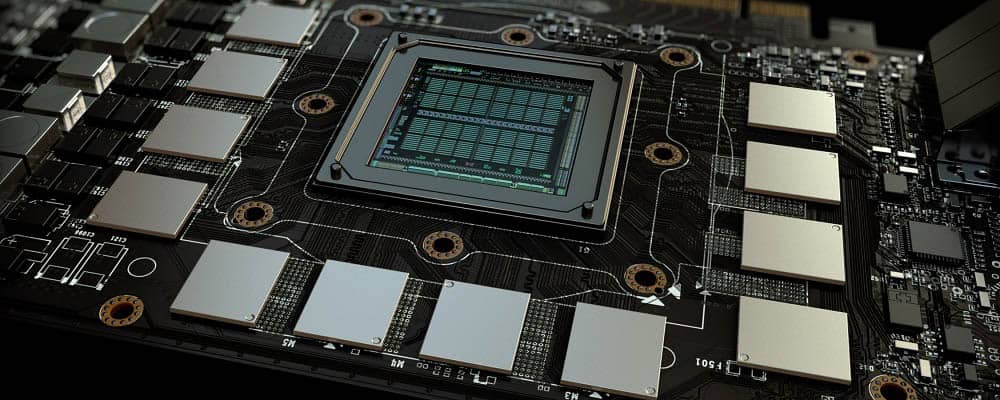
While the Vega 7 in the Ryzen 5 5600G provides solid performance for casual gamers and those on a budget, it may not meet the needs of those looking to play modern AAA titles at higher settings. If you’re looking for better performance, a dedicated GPU would be necessary. But when should you make the upgrade?
1. When You Need More VRAM
Integrated GPUs share memory with the CPU, which can bottleneck performance in memory-intensive applications or games. If you’re working with games or software that demand more VRAM, a dedicated GPU with its own memory (e.g., 4GB or 6GB GDDR6) would make a significant difference.
2. For Higher Resolutions and Frame Rates
If you’re gaming at 1080p with high settings or aiming for 1440p and above, a mid-range GPU like the NVIDIA GTX 1650 or AMD RX 5600 XT would be a considerable upgrade.
3. Future-Proofing Your System
The integrated Vega 7 iGPU can get you started, but as games and applications become more demanding, investing in a dedicated GPU is a good way to future-proof your system.
Also Read: How To Use Gpu In Jupyter Notebook – Your’s Ultimate Guide!
Ryzen 5 5600G in a Hybrid Setup: Best of Both Worlds:
For users who want to balance cost and performance, the Ryzen 5 5600G can serve as a stopgap while saving for a more powerful GPU. Many budget builders use the 5600G to get started, knowing they can add a dedicated GPU later. This flexibility makes the Ryzen 5 5600G a great option for users who need immediate performance but plan to upgrade later.
FAQ’s:
1. How does the Vega 7 compare to newer GPUs like the GTX 1650?
The GTX 1650 outperforms the Vega 7 in terms of gaming and rendering performance, particularly at higher resolutions and settings. The Vega 7 is more comparable to entry-level GPUs like the GT 1030 or RX 550.
2. Is the Ryzen 5 5600G good for gaming?
Yes, the Ryzen 5 5600G is great for casual gaming, especially in esports titles or older AAA games. However, for modern AAA titles at higher settings, a dedicated GPU would be better.
3. Can I upgrade my system with a Ryzen 5 5600G and a dedicated GPU later?
Yes, you can add a dedicated GPU to your system at any time, giving you the flexibility to upgrade when you’re ready.
4. What games can the Ryzen 5 5600G handle?
The Ryzen 5 5600G can handle many games, including Fortnite, CS,and Overwatch at 1080p on low to medium settings. It may struggle with more graphically demanding titles at higher settings.
5. How much VRAM does the Vega 7 have?
The Vega 7 iGPU doesn’t have dedicated VRAM; it shares system RAM with the CPU, which can limit performance in certain applications.
6. Is the Vega 7 good for video editing?
For light video editing tasks, the Vega 7 is adequate, but for more intensive 4K editing or rendering tasks, a dedicated GPU with more processing power and VRAM would be recommended.
7. Can I overclock the Vega 7 iGPU?
Yes, you can overclock the Vega 7 iGPU, though results may vary based on your system’s cooling and power delivery.
8. What RAM speed is ideal for Ryzen 5 5600G?
The Ryzen 5 5600G benefits from faster RAM, as the iGPU relies on system memory. A minimum of 3200 MHz DDR4 is recommended for optimal performance.
Closing Remarks:
The Ryzen 5 5600G is a fantastic value for budget-conscious gamers and professionals who need solid performance without immediately investing in a discrete GPU. Its integrated Radeon Vega 7 graphics offer comparable performance to entry-level GPUs like the NVIDIA GT 1030 and AMD RX 550, making it an excellent choice for light gaming and everyday tasks.
Read More:
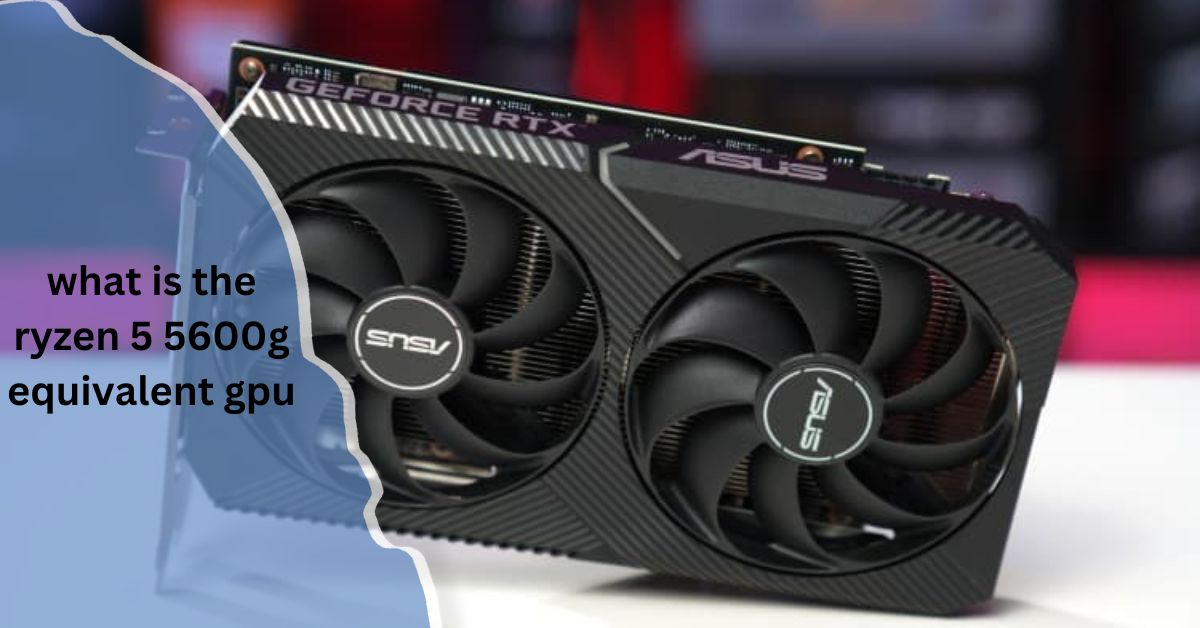
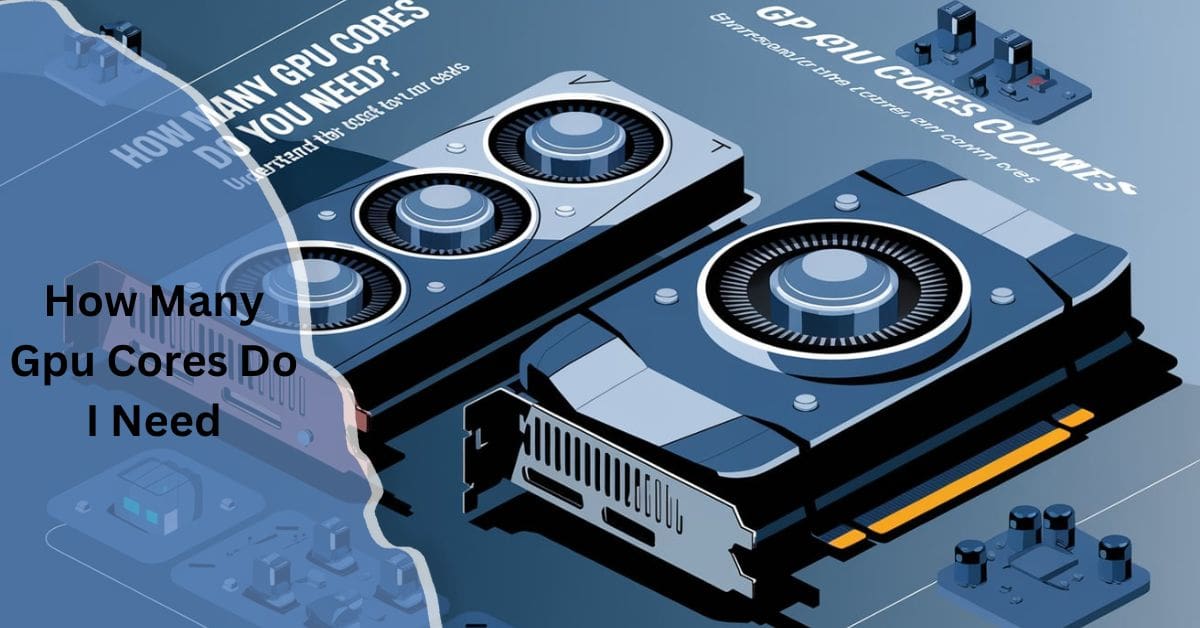
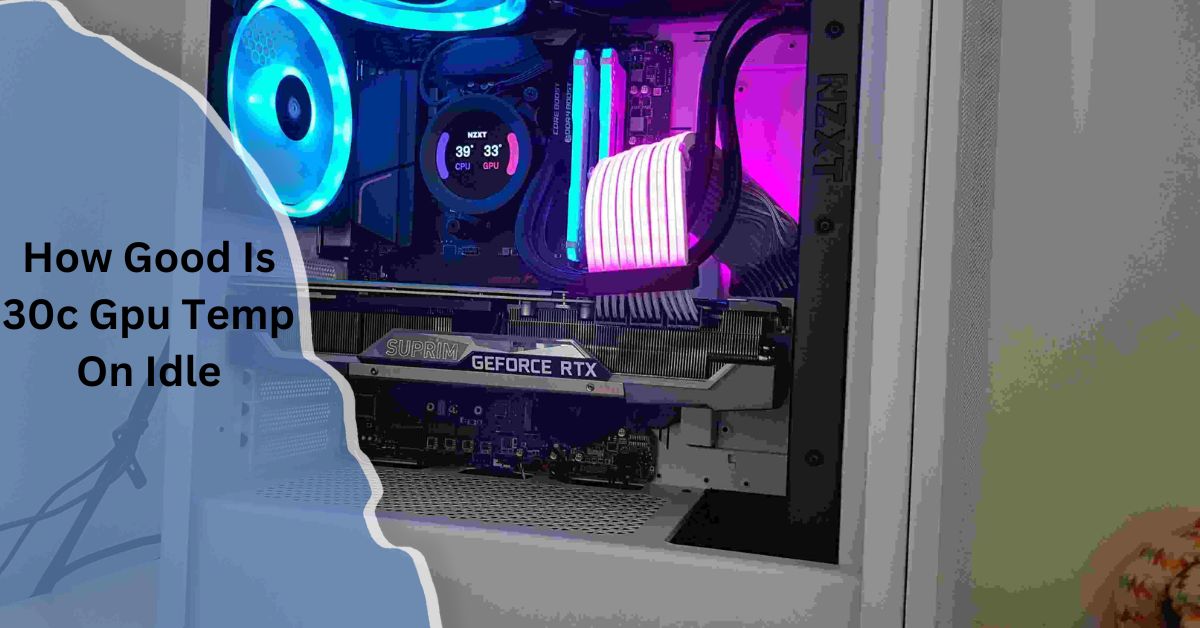
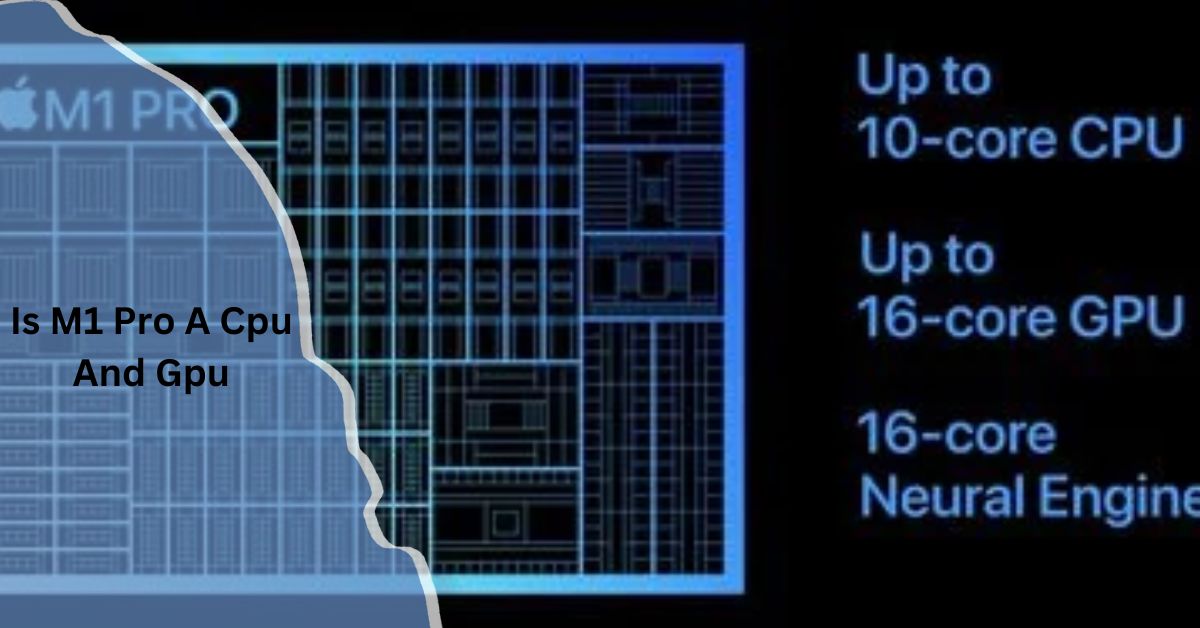










Post Comment